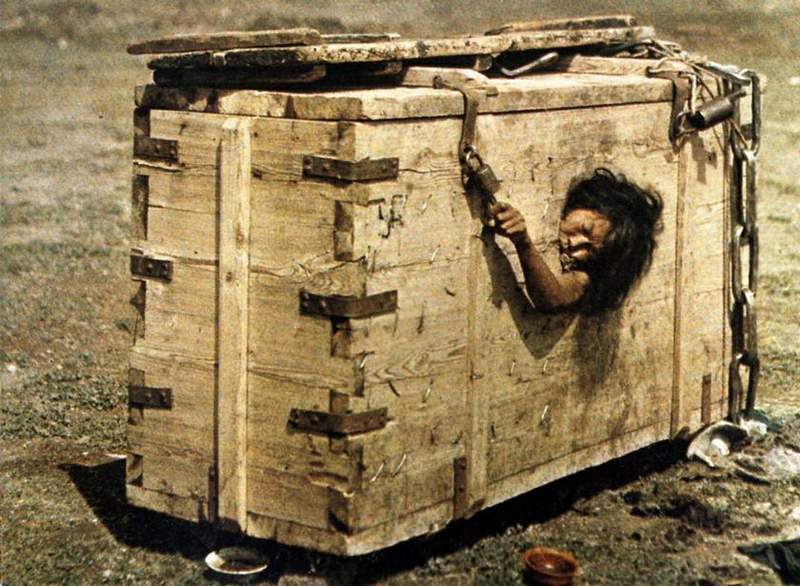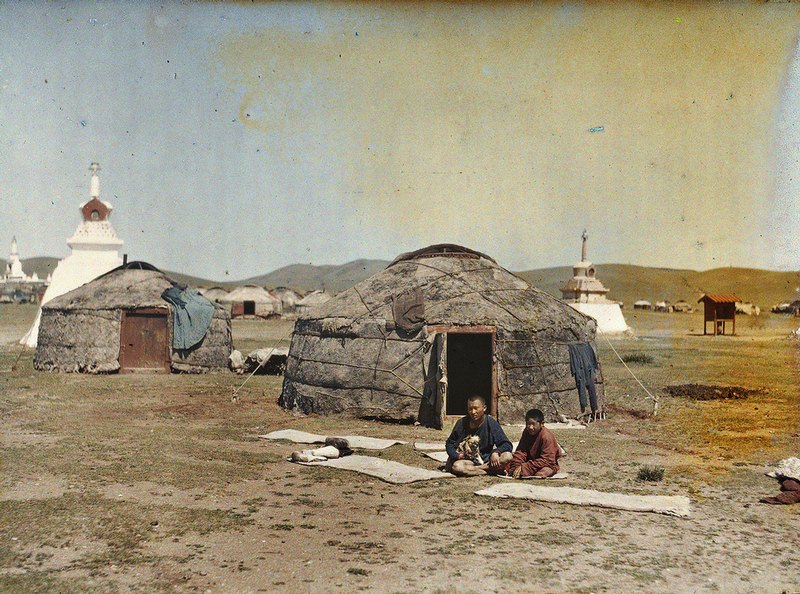In 1913, Mongolia was an intriguing place, caught between powerful nations. After declaring independence from China in 1911, it entered a complex relationship with the Russian Empire. During this time, Stefan Passe, a photographer, traveled to Mongolia to document its landscapes and people. His work resulted in a stunning collection of color photographs that capture the beauty and uniqueness of Mongolia in this pivotal year.
Historical Background
Mongolia’s journey to independence was filled with challenges. In 1911, Mongolia declared its independence from the Qing Dynasty of China. This declaration was significant, as it marked the beginning of a new era for the Mongolian people. However, the situation was complicated. Shortly after gaining independence, Mongolia fell under the protectorate of the Russian Empire. This meant that while Mongolia had its own leaders, Russia played a major role in its governance..
Read more
The relationship between Mongolia and Russia was not straightforward. The Russian Empire recognized the autonomy of Mongolia but also acknowledged China’s suzerainty over the region. This created a confusing political situation where Mongolia had some independence but was still influenced by both Russia and China.
The Photographer: Stefan Passe
Stefan Passe was part of a project led by Albert Kahn, a wealthy French banker and philanthropist. Kahn was interested in capturing the world through photography. He believed that images could help promote understanding between different cultures. In 1913, Passe traveled to Mongolia to photograph the landscape, people, and daily life. His work is now part of Kahn’s collection, showcasing a world that was rapidly changing.
Passe’s photographs are particularly remarkable because they were taken in color, which was rare at that time. Most photos from this period were in black and white. The use of color adds a vibrant quality to the images, allowing viewers to see Mongolia in a new light. The colors of the landscapes, clothing, and traditional structures come alive in his work.
Life in Mongolia in 1913
The photographs taken by Passe provide insight into Mongolia’s culture and daily life in 1913. At this time, Mongolia was largely rural and nomadic. Many people lived in gers, which are traditional portable dwellings. These round tents are made from felt and wood, designed to withstand the harsh Mongolian climate.
In the photos, you can see families gathered outside their gers, often with livestock nearby. Horses, camels, and yaks were essential to the nomadic lifestyle. They provided transportation, milk, and meat. The bond between the people and their animals is evident in Passe’s photographs.
The Landscape
Mongolia is known for its stunning natural beauty. The photographs capture vast steppes, rolling hills, and mountains that stretch as far as the eye can see. The landscapes are varied, with some areas featuring lush green grasslands while others showcase rocky terrain.
Passe’s images also highlight the changing seasons. Some photos show the bright greens of summer, while others capture the golden hues of autumn. The dramatic skies, often filled with clouds, add to the beauty of the scenery. These landscapes were not only beautiful but also essential to the nomadic way of life.
Cultural Traditions
Mongolian culture is rich with traditions that have been passed down through generations. The photographs showcase various aspects of daily life, including traditional clothing, festivals, and rituals. Men and women often wore colorful garments, with intricate patterns and designs.
One notable tradition is the Naadam Festival, which celebrates the “Three Manly Games” of wrestling, horse racing, and archery. Although Passe’s photographs do not specifically capture this event, they reflect the vibrant culture that participates in such celebrations. The communal spirit, the importance of family, and the connection to nature are all evident in the images.



















